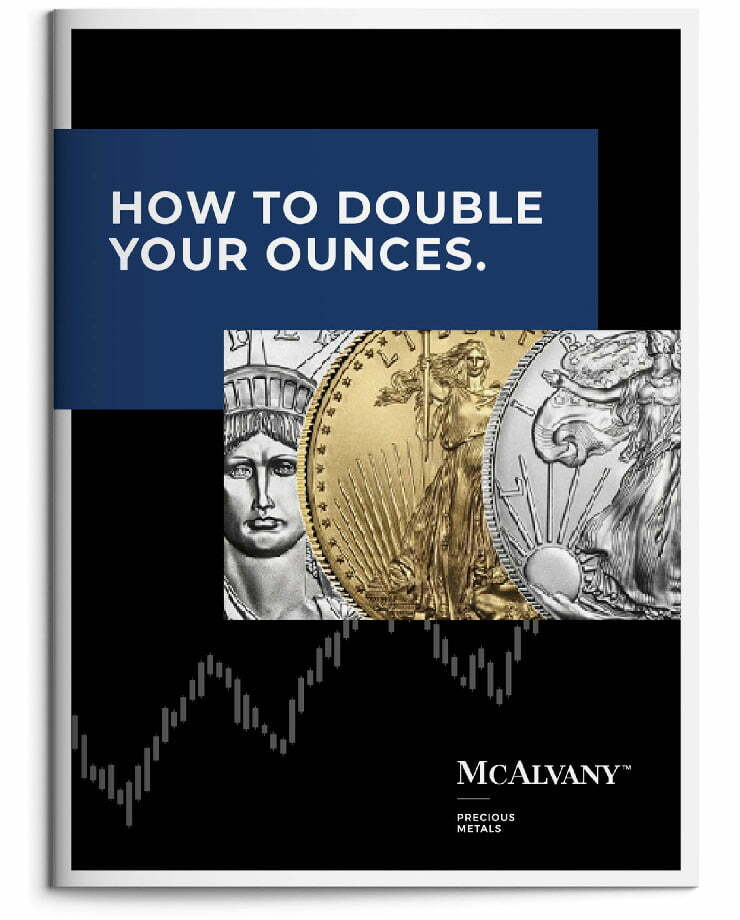More


Industry leading analysis brought to you weekly by market experts, helping you stay ahead of the curve.
LEARN MORE
Critical market news stories of the day, curated for maximized efficiency and decisive action with weekly analysis.
LEARN MORE


Lower your overall risk profile while providing opportunistic exposure during market instability.
learn more
May 2nd, 2024 – at 4:00 pm EST / 2:00 pm MST.










Schedule your consultation now to learn more.